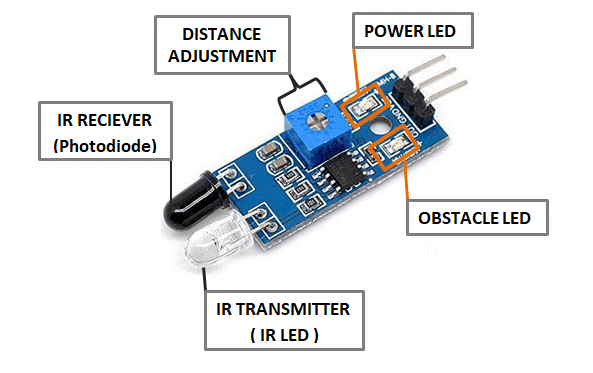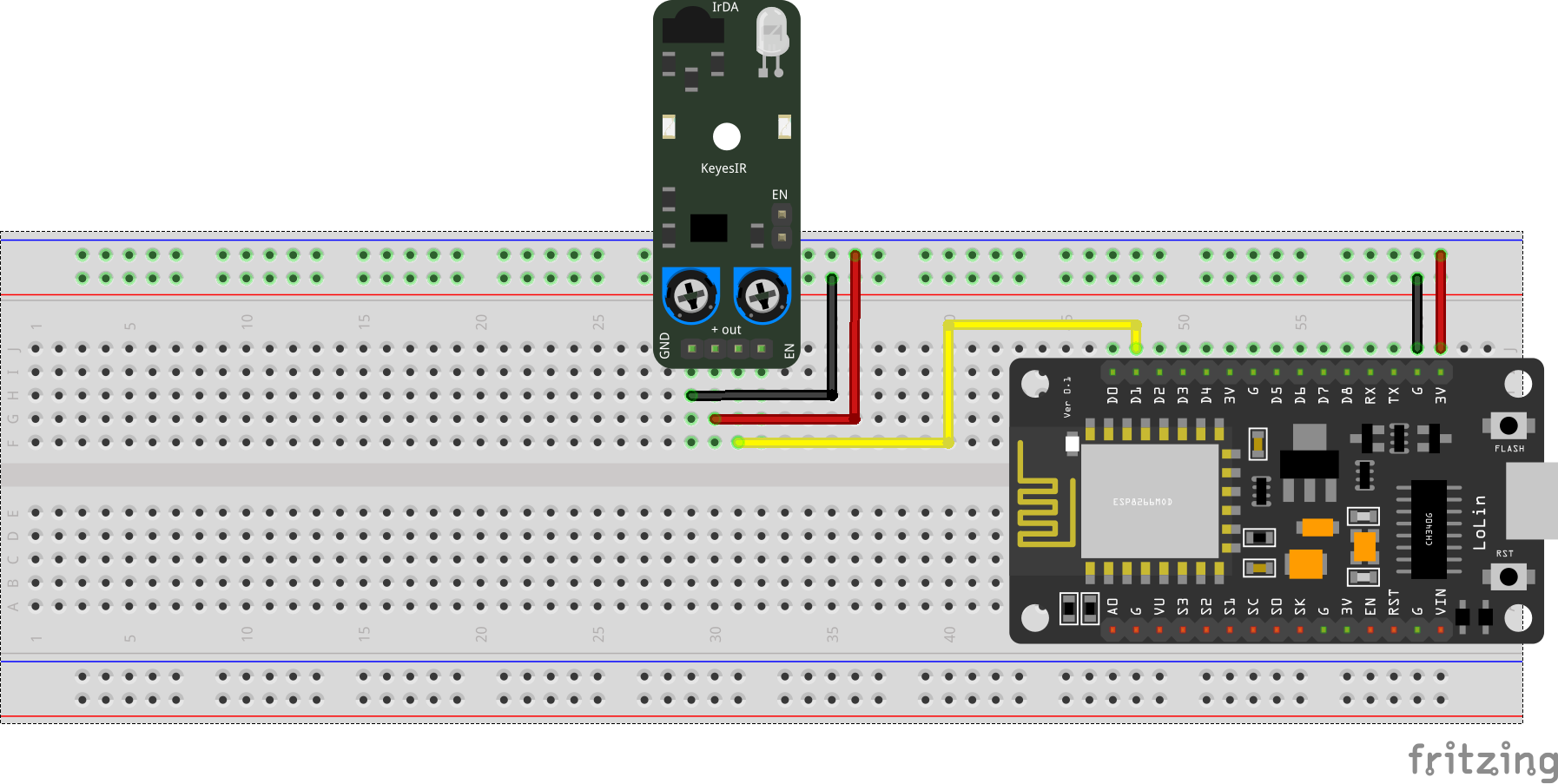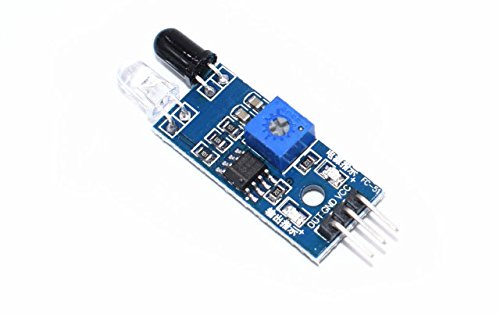IR sensor

Specification
NodeMCU

Pin Configuration

int IR = D1;
void setup() {
pinMode(IR,OUTPUT); // IR SENSOR AS INPUT DEVICE
Serial.begin(9600);
}
void loop() {
if(digitalRead(IR) == LOW){
Serial.println("Object Detected");
}
else{
Serial.println("Object Not Detected");
delay(250); // Delay to Avoid the fast print
}
}
